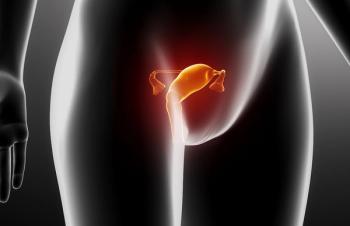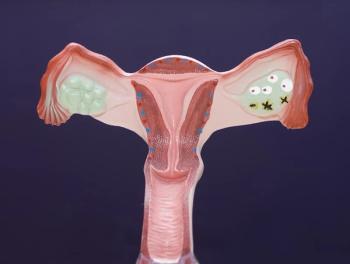
Unexpected Benefit Links Hypertension to Better Ovarian Cancer Outcomes
New research suggests that hypertension and diabetes and the use of medications to treat these conditions may influence the survival of ovarian cancer patients.
New research
Using pooled data from 15 studies that were part of the Ovarian Cancer Association Consortium, Kirsten Moysich, PhD, MS, and Albina Minlikeeva, PhD, MPH, of the Roswell Park Cancer Institute in Buffalo, retroactively examined the associations between survival among patients diagnosed with invasive epithelial ovarian cancer and those patients’ history of hypertension, heart disease, diabetes, and medications taken for those conditions. The team reported that while a history of diabetes was associated with a 112% higher risk of mortality across more than 7,600 cases, no significant mortality associations were observed for hypertension or heart disease.
Endometrioid ovarian cancer-a subtype which accounts for 20% of all epithelial ovarian cancers-is typically associated with better outcomes. The researchers note among women with endometroid ovarian cancer, 26% of women in the pooled analysis had a comorbid condition of hypertension which was associated with a 46% lower risk of ovarian cancer progression.
“This is a coincidental and unintended consequence of hypertension and its treatment, but it’s a silver lining to a serious but largely manageable medical condition that has reached epidemic prevalence in the US and many other countries worldwide,”
This study is the first to evaluate the role of comorbid conditions in relation to ovarian cancer survival by histological subtype and confirmed prior findings linking a history of diabetes to increased risk of death among ovarian cancer patients.
“Our results suggest that it is important to investigate factors that explain the difference in cancer outcomes among women with different types of ovarian cancer. Most studies only consider clinical characteristics at diagnosis, such as stage and histology in relation to ovarian cancer prognosis,” said Minlikeeva.
A comprehensive nursing assessment is essential to capture the full history and comorbidities of our cancer patients. Our nursing colleagues have this vital role and can assist in promoting evidence-based practice.
Newsletter
Stay up to date on recent advances in the multidisciplinary approach to cancer.





